<Back to Index>
- Architect Richard Mique, 1728
- Directeur des Bâtiments du Roi Louis Antoine de Pardaillan de Gondrin, 1664
PAGE SPONSOR
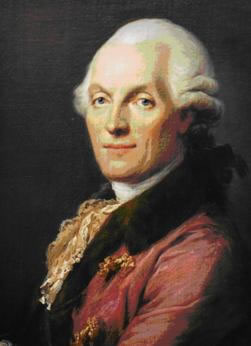
Richard Mique (18 September 1728 – 8 July 1794) was a neoclassical French architect born in Lorraine. He is most remembered for his picturesque hamlet, the Hameau de la reine — not particularly characteristic of his working style — for Marie Antoinette in the Petit Trianon gardens within the estate of Palace of Versailles.
Richard Mique was born at Nancy, the son of Simon Mique, an architect and entrepreneur of Lunéville and grandson of Pierre Mique also an architect. Following their example, he became an architect in the service of duke Stanislas Leszczyński, ex-king of Poland and father of Maria Leszczyńska, the consort of King Louis XV of France. Following the death of Héré de Corny, Mique participated as premier architecte in Stanislas' grand plans for reordering and embellishing Nancy, his capital as Duke of Lorraine. Stanislas made him a chevalier of the Order of Saint - Michel and maneuvered unsuccessfully to have Mique placed on the payroll of the Bâtiments du Roi. Following his patron's death in February 1766, Mique was called to France the following October, at the suggestion of Maria Leszczyńska's Polish confessor. His official career in France was initially stymied by the influence of Ange - Jacques Gabriel, premier architecte. His main clients were a series of royal ladies. For Maria Leszczyńska, he built a convent, prominently sited in the town of Versailles, on lands at the edge of the park belonging formerly to Madame de Montespan's Château de Clagny, of which eleven hectares were consigned to the queen by her husband, Louis XV. At the queen's death, her daughter Madame Adélaïde completed the project.
Mique must have gained the confidence of the dauphin and the dauphine for, upon the accession of the dauphin as Louis XVI in 1774, he was appointed intendant et contrôleur général des bâtiments du Roi; he succeeded Gabriel as premier architecte to Louis XVI the following year, thus overseeing the last works carried out at Versailles before the French Revolution. He purchased a seigneurie in Lorraine, which completed his transformation to courtier - architect.
He laid out the queen's garden at the Petit Trianon from 1774 to 1785 in collaboration, it is believed (though without documentary evidence) with the painter Hubert Robert. The design — "one of the first instances... of pre-Victorian kitsch" — was based on sketches by the comte de Caraman, an
inspired amateur of gardening. Mique was also responsible for the Hameau de la reine, a mock farming village built around an artificial lake at the northeastern corner of the estate.
During the Revolution, he was arrested along with his son as participants in a conspiracy to save the life of Marie Antoinette, whose favorite architect he had been. He was brought before a revolutionary tribunal and, after a summary trial on 7 July 1794, both father and son were condemned to death and executed the following day. This was just three weeks before the fall of Robespierre and the end of the Reign of Terror.
Pierre de Nolhac, the historian of the Château de Versailles, in Le Trianon de Marie - Antoinette
(1914), found Mique to have been "un artiste savant, habile, et digne
de plus de gloire". A street in the city of Versailles commemorates his
name.
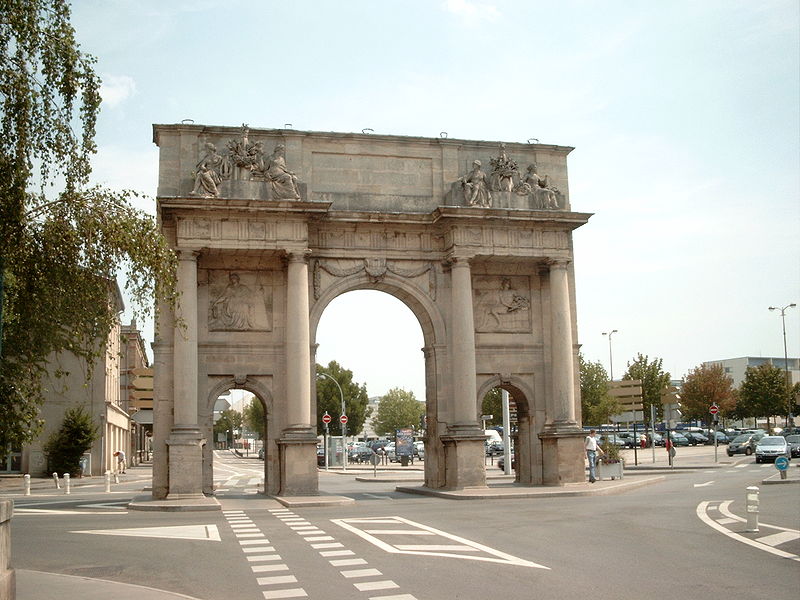
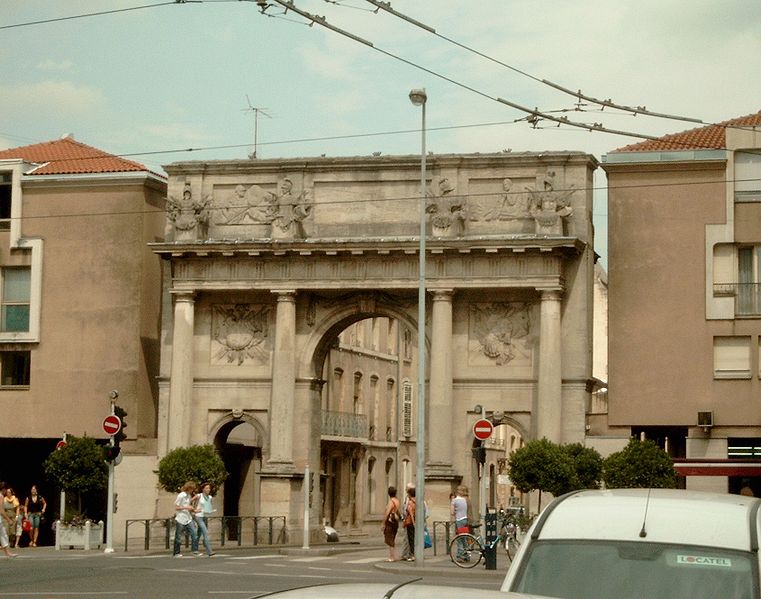
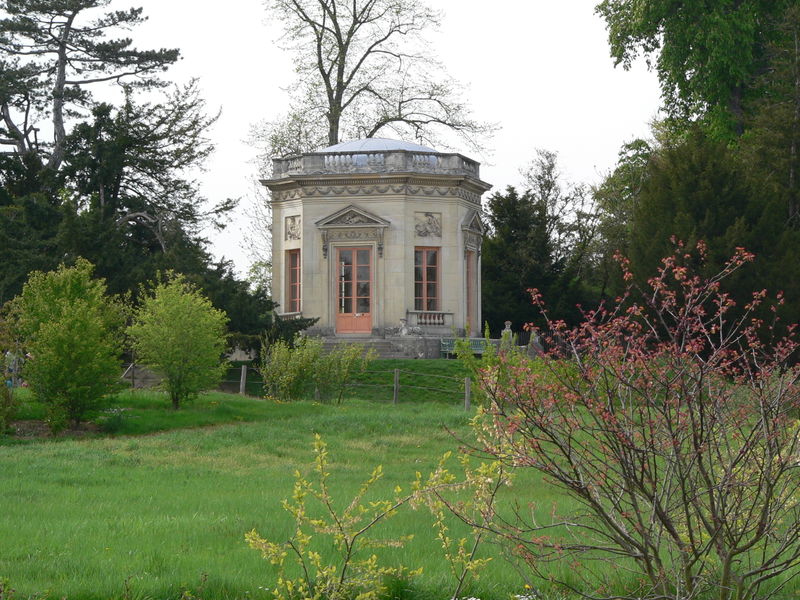
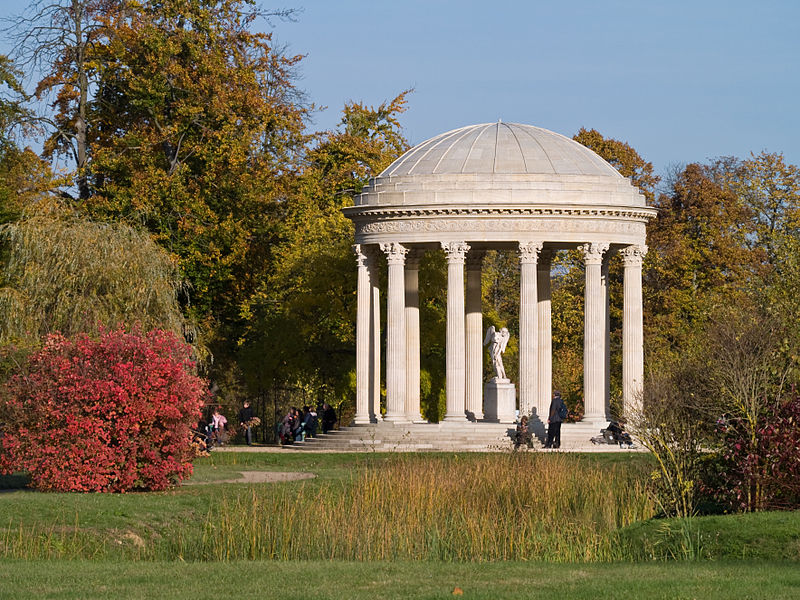
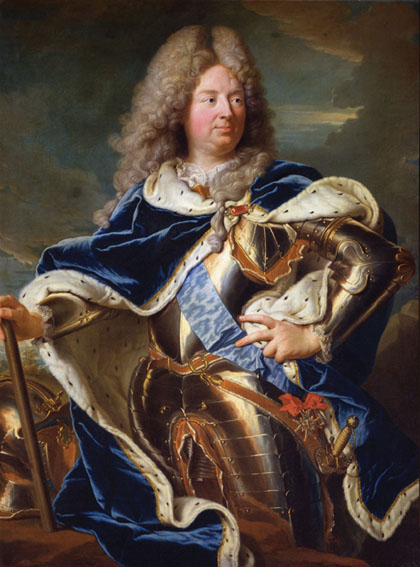
Louis Antoine de Pardaillan de Gondrin (5 September 1664 – 2 November 1736), marquis of Antin, Gondrin and Montespan (1701), then 1st Duke of Antin (1711) was a French nobleman. He was painted by the great Rigaud.
The legitimate son of Louis Henri de Pardaillan de Gondrin, marquis of Montespan, and Madame de Montespan, he was carefully raised by his father at the Château de Bonnefont in Gascogne with his older sister, Marie Christine who while the family were living there. He came to court in 1683. He then set out on a military career, with his father gaining him a commission as lieutenant.
Thanks to his 1686 marriage, he was able to enter the circle of the Grand Dauphin. His wife, Julie Françoise de Crussol (1669 – 1742) was a grand daughter of Charles de Sainte - Maure, Duke of Montausier, and a great grand daughter of the famous marquise de Rambouillet.
He was also an ally of his half - brothers the Duke of Maine and the Count of Toulouse, legitimized bastard children of the marquise de Montespan and Louis XIV. However, despite his best efforts, he was unable to win the king's favor and, after he made an error in maneuvering his troops at the battle of Ramillies he was even dismissed from the army in 1707.
Yet, later in 1707, Madame de Montespan's death brought her son Louis Antoine the bequest of Château de Petit - Bourg at Évry - sur - Seine and, more importantly, royal favor when he was finally rewarded by being made governor of the Orléanais (1707) then head of the Bâtiments du Roi (1708). In the latter role he gained particular access to the king.
In 1711, Louis XIV promoted the marquisate of Antin into a "duché - pairie", and in 1724 d'Antin became a knight of the Ordre du Saint - Esprit.
An excellent organizer with a natural aptitude for command, he knew how to please and how to smooth out difficulties, enriching himself greatly from the Law system. As head of the Bâtiments, the duke of Antin supervised works on Versailles. A confident to Louis XIV and his architectural projects (such as the Salon d'Hercule), he managed to complete them under Louis XV.
Antin opened new marble mines in southern France, such as that at Beyrède, which supplied a marble that was named "brèche d'Antin" after him, which was the preferred marble of Louis XIV and used for several of Versailles' fireplaces, such as the monumental one in the Salon d'Hercule.
In 1692 he bought the château de Bellegarde at Bellegarde, which he rebuilt at the start of the 18th century. He also rebuilt the gardens at château de Petit - Bourg before 1715, then around 1720 commissioned a new château from Pierre Cailleteau (known as "Lassurance"), whose construction was completed after the duke's death by Jacques V Gabriel. His Paris hôtel was in what is now the Chaussée - d'Antin, giving that area its current name. Under the Régence the duke of Antin came into political responsibilities. With the Polysynody he became president of the Council of Matters (Conseil du dedans).
After the suspension of the councils he remained on the Regency
Council, in a purely honorific position which he left on 22 February
1722 at the same time as the other dukes and marshals. From 1722 onwards
he retired more and more, that year renouncing his title of duke in
favor of his grandson, and died in 1736 at his Paris Mansion in the Chaussée - d'Antin. His Paris mansion was later the hôtel de Richelieu, Paris seat of the Duke of Richelieu.
On 21 August 1686 he married Julie Françoise de Crussol, daughter of the Emmanuel II, Duke of Uzès and Marie - Julie de Sainte - Maure, granddaughter of the duke of Montausier. Their children were:
- Louis de Pardaillan de Gondrin (1689 – 1712), marquis of Gondrin, whose first wife was Marie Victoire de Noailles and had issue;
- Pierre de Pardaillan de Gondrin (1692 – 1733), bishop - duke of Langres and member of the Académie française, never married.